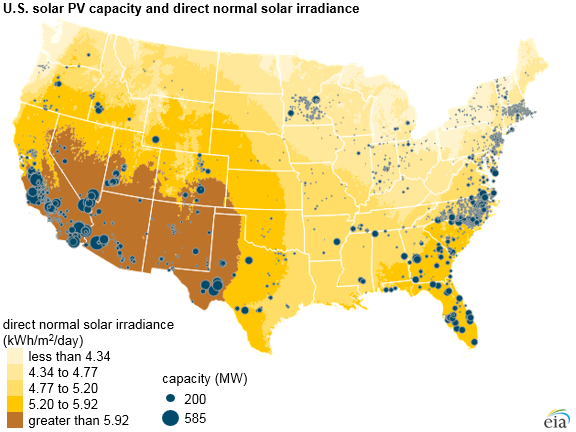Why did Minnesota solar jobs fall by six percent in 2019?
We’re constantly told that solar is the energy source of the future, and that we need not worry about rising electricity prices and the loss of jobs in the mining, manufacturing, timber, and agriculture industries because of the booming solar economy. It appears that narrative suffered a setback this week.
According to the Star Tribune, the number of solar jobs fell in 2019 by 267 jobs, or 6 percent relative to 2018 numbers. This brought the number of solar jobs in the state to 4,335 in 2019. The article did not offer an explanation for the fall in solar jobs, but it can be explained by the fact that companies have build enough solar to meet Minnesota’s solar energy mandate, and now the mandates are satisfied, there’s no need to keep building solar.
The solar energy mandate was passed in 2013, and it requires Minnesota utilities to obtain 1.5 percent of their electricity from solar by the end of 2020. This, along with generous payments for community solar facilities, has led to an increase in solar installations.

There’s a problem, however. Solar panels are not very useful in Minnesota, generating electricity just 18.6 percent of the time. In contrast, nuclear plants generated 100 percent of their rated capacity in 2018, coal plants generated 62 percent, and natural gas plants generated 37.5 percent. It’s also important to remember that we can’t control when the sun shines, but we can control how much fuel to burn, which means we could have gotten more electricity of our coal and gas plants throughout the course of the year, if we had wanted to.

It is also too expensive to clear snow off of solar panels, which is part of the reason why the production for solar panels is so small relative to other energy sources. This is why other cold weather states that do not have a solar energy mandate do not have solar panels, as you can see in the map below.

Mandates, not markets have driven the growth of solar in Minnesota, and as utilities hit the current target, it makes sense to stop building, at least until Xcel attempts to pad their ratebase by installing 4,000 MW of solar in the mid 2020’s.